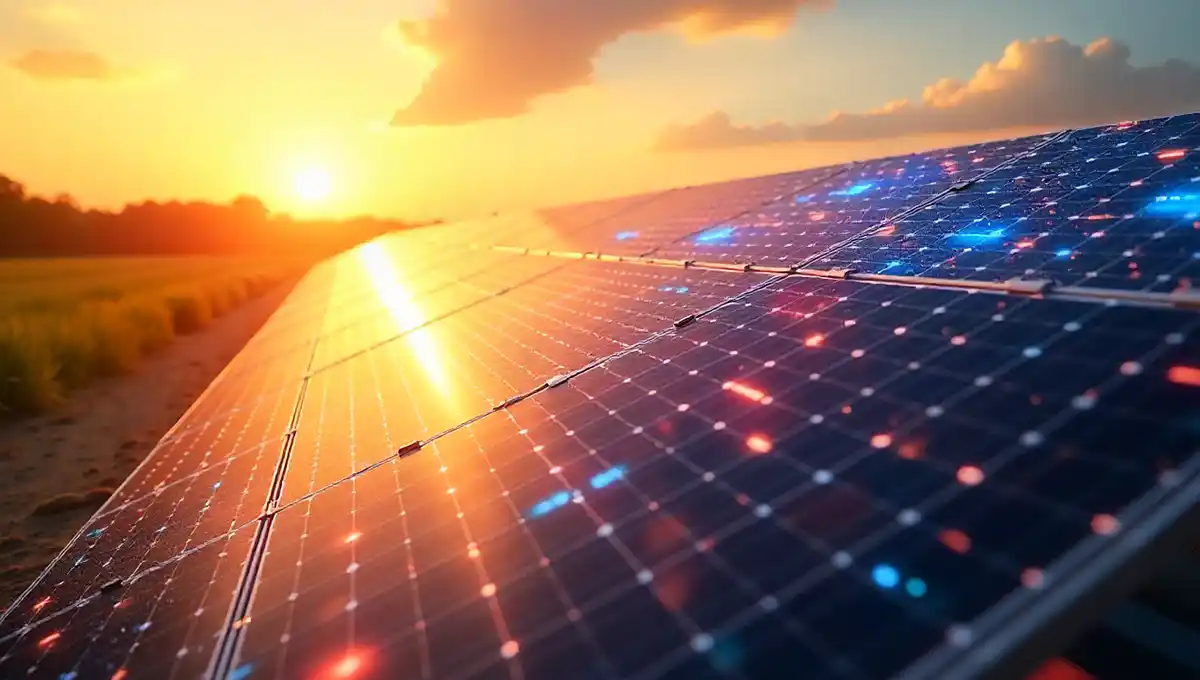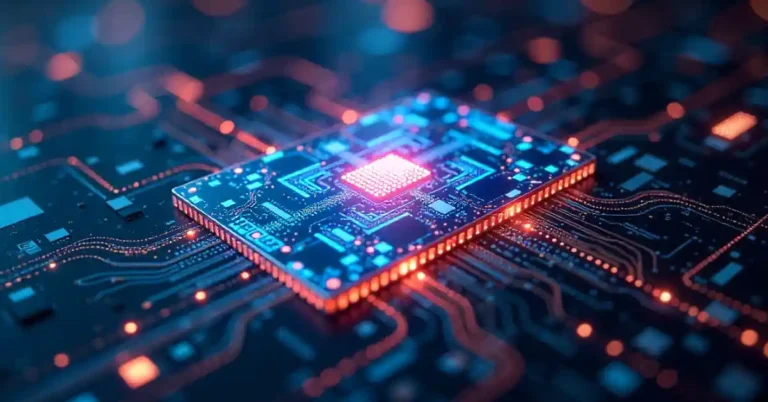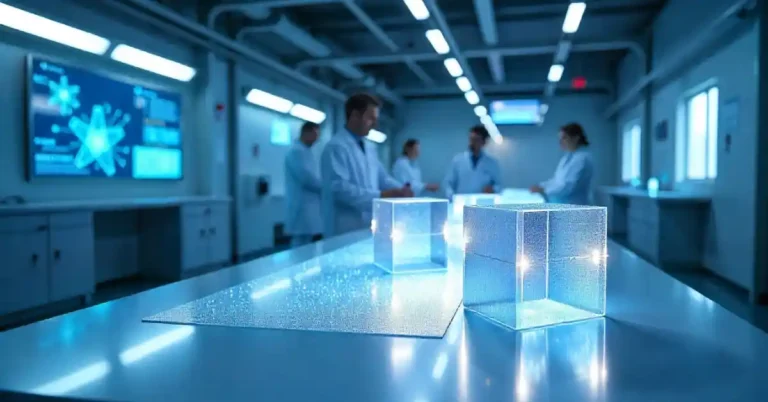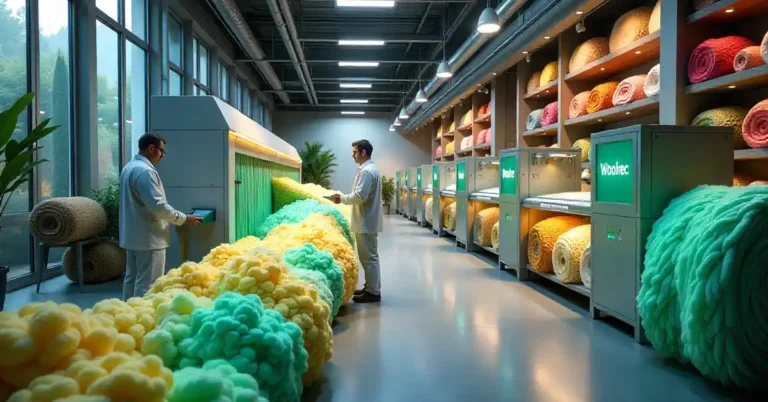Imagine harnessing the sun’s power with a system so finely tuned that every ray counts. That’s the promise HMS Photovoltaik systems deliver-turning sunlight into electricity with remarkable precision and reliability. But what really sets these systems apart? And how can you get the most out of your solar investment?
Understanding the Core of HMS Photovoltaik Technology
At the heart of HMS Photovoltaik systems lies advanced photovoltaic technology designed to optimize energy capture and conversion. Unlike traditional solar panels, which can lose efficiency due to shading, temperature fluctuations, or suboptimal angles, HMS systems integrate smart components that adapt to changing conditions in real time.
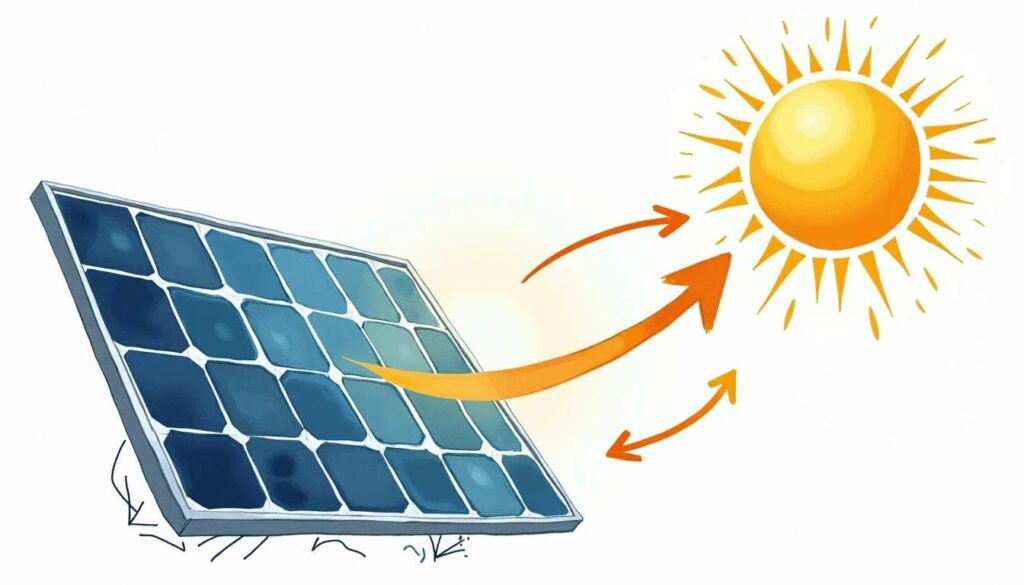
The panels themselves utilize high-efficiency monocrystalline cells, known for their superior performance and durability. These cells are paired with intelligent inverters and monitoring software that not only convert DC to AC power but also track system health and energy output continuously. This combination ensures that HMS systems not only generate more energy but also provide a longer lifespan compared to conventional solar technologies.
Smart Inverter Technology: The Brain Behind the Panels
Inverters are often overlooked, but they play a crucial role in solar efficiency. HMS Photovoltaik’s smart inverters adjust the electrical output based on environmental factors and grid demands. This dynamic adjustment prevents energy loss and ensures the system operates at peak capacity throughout the day. Moreover, these inverters are equipped with advanced algorithms that analyze historical performance data, allowing them to predict energy production trends and optimize settings accordingly.
Additionally, these inverters support grid stability by managing power surges and facilitating smooth integration with local utilities. This means less downtime and more consistent energy production. They can also communicate with other smart devices in a home or facility, creating a cohesive energy management system that maximizes efficiency across all energy-consuming appliances.
Real-Time Monitoring for Proactive Maintenance
One of the standout features of HMS systems is their real-time monitoring capability. Homeowners and facility managers can access detailed performance data via user-friendly apps or web portals. This transparency allows for quick identification of any issues—like dirt accumulation, shading, or equipment faults—before they significantly impact output. The ability to receive alerts and notifications about system performance means that users can take immediate action, ensuring that their energy generation remains optimal.
Furthermore, HMS Photovoltaik systems are designed with user engagement in mind. The monitoring platforms not only provide insights into energy production but also offer educational resources about energy consumption patterns. This empowers users to make informed decisions about their energy usage, potentially leading to further savings and increased sustainability. By understanding their energy footprint, users can adjust their habits and maximize the benefits of their solar investment, contributing to a greener future.
Designing Your HMS Photovoltaik System for Maximum Output
Efficiency starts with design. Installing solar panels is not a one-size-fits-all process, especially when aiming to maximize energy production. HMS Photovoltaik offers flexible system configurations tailored to your specific site conditions and energy needs.
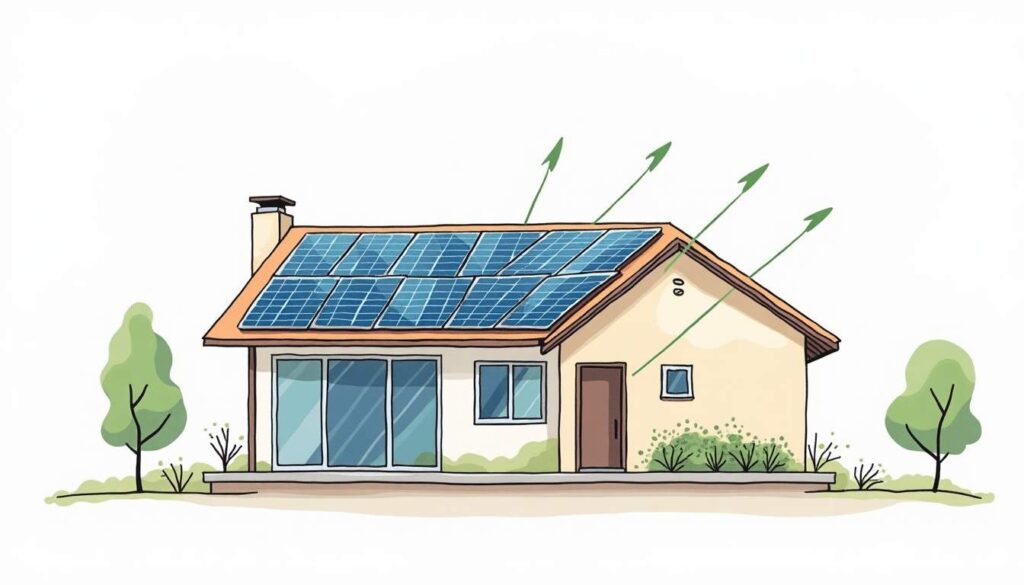
Site Assessment and Optimal Panel Placement
Before installation, a thorough site assessment is essential. Factors such as roof orientation, tilt angle, shading from trees or buildings, and local weather patterns influence how much sunlight your panels will capture. HMS experts use specialized tools to map sunlight exposure throughout the year, ensuring panels are positioned for maximum solar gain.
Even slight adjustments in panel angle can lead to significant gains in efficiency. For example, panels tilted too flat may accumulate debris or water, reducing output, while overly steep angles might miss out on midday sun. HMS systems balance these considerations expertly. Additionally, the geographic location plays a crucial role; areas with higher solar insolation can benefit from different configurations compared to regions with frequent cloud cover. Understanding these nuances allows HMS to optimize each installation uniquely, maximizing energy capture throughout varying seasons.
Choosing the Right System Size and Components
Matching system size to your energy consumption is key. Oversizing panels can lead to wasted investment, while undersizing means missing out on potential savings. HMS provides detailed energy audits to recommend the ideal system capacity, taking into account future energy needs as well.
Component selection also matters. High-quality mounting systems, durable wiring, and weather-resistant enclosures contribute to long-term performance. HMS prioritizes premium materials to minimize degradation and maintenance costs. Furthermore, the integration of smart technology, such as inverters with monitoring capabilities, allows homeowners to track their energy production in real-time. This not only enhances user engagement but also provides valuable data for optimizing energy usage patterns, ensuring that your solar investment continues to yield benefits for years to come. By staying at the forefront of technological advancements, HMS ensures that every system is not just built for today, but also equipped for the future of energy management.
Maintenance Practices That Keep Your System Running Smoothly
Solar panels are low-maintenance compared to many energy systems, but they still require attention to maintain peak efficiency. Dirt, dust, bird droppings, and pollen can reduce panel output by up to 25% if left unchecked. Regular maintenance not only enhances performance but also extends the lifespan of your solar investment, ensuring that you get the most out of your energy system.
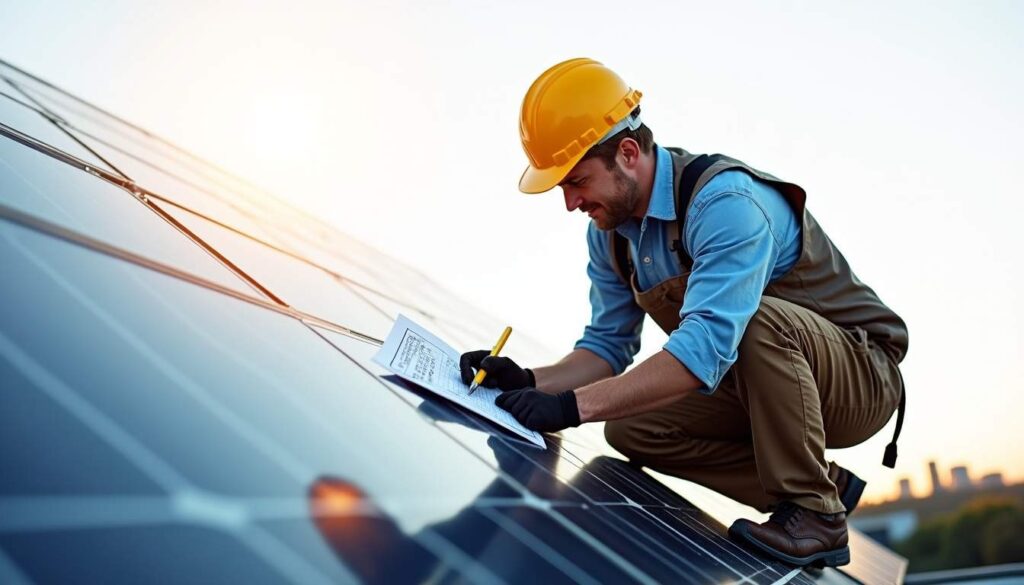
Regular Cleaning and Inspection
Cleaning panels every few months is a simple yet effective way to boost performance. HMS recommends using soft brushes or water sprays to avoid scratching the surface. Avoid harsh chemicals that could damage the cells or protective coatings. In areas with heavy rainfall, natural water can often do the job, but in drier climates, a more proactive approach may be necessary. Additionally, consider the time of day when cleaning; early morning or late afternoon is ideal to prevent rapid evaporation of water, which can leave streaks and residues on the panels.
Visual inspections help spot physical damage like cracks or loose wiring. Early detection allows for quick repairs, preventing minor issues from escalating. It’s also beneficial to check for shading from nearby trees or buildings, as even a small amount of shade can significantly impact energy production. Keeping the area around your solar panels clear of debris and overhanging branches can enhance their efficiency and longevity.
Software Updates and System Calibration
Because HMS systems rely on smart inverters and monitoring software, keeping these components updated is critical. Manufacturers periodically release firmware updates that improve efficiency algorithms or add new features. HMS provides seamless update options to ensure your system stays on the cutting edge. Staying informed about these updates can also help you take advantage of any new functionalities that enhance monitoring capabilities, allowing for better tracking of energy production and consumption.
Calibration checks verify that sensors and inverters are accurately measuring and responding to environmental conditions. This fine-tuning maximizes energy harvest throughout the system’s lifespan. Regular calibration ensures that your system adapts to changes in weather patterns or seasonal variations, optimizing performance year-round. Furthermore, understanding the data provided by your monitoring system can empower you to make informed decisions about energy usage and potential upgrades, enhancing the overall efficiency of your solar setup.
Leveraging Energy Storage and Grid Integration
Solar efficiency isn’t just about how much power you generate-it’s also about how effectively you use it. HMS Photovoltaik systems integrate with energy storage solutions and smart grid technologies to optimize energy consumption and reduce reliance on external power sources.
Battery Storage: Capturing Excess Energy
Solar panels often produce more electricity than needed during peak sunlight hours. Without storage, this surplus energy is either fed back into the grid or wasted. HMS offers battery storage options that capture excess power for use during evenings or cloudy days, increasing self-sufficiency and cost savings.
Modern lithium-ion batteries provide reliable, long-lasting storage with high charge/discharge efficiency. When paired with HMS systems, they allow for load shifting-using stored solar energy when electricity rates are highest.
Smart Grid Compatibility and Demand Response
HMS systems can communicate with utility grids to participate in demand response programs. This means adjusting energy consumption or feeding power back to the grid during peak demand periods, often earning credits or incentives.
Such integration requires sophisticated control systems that balance your home’s needs with grid stability. HMS technology manages this seamlessly, ensuring you benefit financially without sacrificing comfort.
Case Studies: Real-World Efficiency Gains with HMS Photovoltaik
Seeing is believing. Several installations across residential and commercial sectors showcase how HMS Photovoltaik systems maximize solar efficiency.
Residential Success: A Family Home in Bavaria
A family in southern Germany installed a 7 kW HMS Photovoltaik system on their south-facing roof. With optimized panel placement and smart inverter technology, their annual solar yield exceeded initial estimates by 12%. Real-time monitoring alerted them to a shading issue caused by a growing tree, which was promptly trimmed, restoring full output.
The addition of a 10 kWh battery allowed the family to cover 85% of their nighttime electricity needs with stored solar energy, cutting their grid dependence dramatically.
Commercial Efficiency: A Warehouse in Hamburg
A logistics company outfitted their warehouse with a 50 kW HMS Photovoltaik system. By integrating energy storage and grid demand response, they reduced peak electricity costs by 30%. The system’s robust design withstood harsh weather conditions, maintaining over 98% uptime during the first two years.
Maintenance alerts through the monitoring platform enabled quick fixes to inverter issues before they affected production, showcasing the value of proactive system management.
Final Thoughts: Getting the Most from Your Solar Investment
Maximizing solar efficiency is about more than just installing panels. It’s a holistic process that involves smart technology, thoughtful design, regular upkeep, and intelligent energy management. HMS Photovoltaik systems bring all these elements together, delivering reliable, high-performance solar power tailored to your needs.
Whether you’re a homeowner looking to reduce energy bills or a business aiming for sustainability goals, investing in an HMS Photovoltaik system means tapping into the sun’s full potential. With the right approach, every ray counts.

